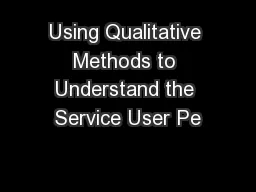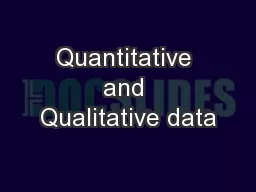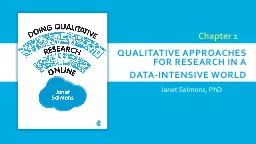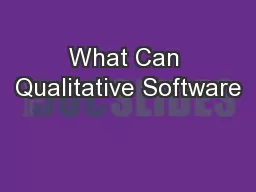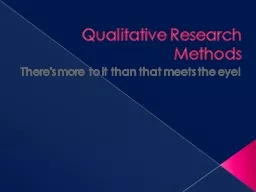PPT-What Can Qualitative Software
Author : tawny-fly | Published Date : 2018-11-02
D o for My Research November 5 2013 APHA Conference Outline of Session Overall Goal Understand how qualitative data analysis software can improve the rigor of your
Presentation Embed Code
Download Presentation
Download Presentation The PPT/PDF document "What Can Qualitative Software" is the property of its rightful owner. Permission is granted to download and print the materials on this website for personal, non-commercial use only, and to display it on your personal computer provided you do not modify the materials and that you retain all copyright notices contained in the materials. By downloading content from our website, you accept the terms of this agreement.
What Can Qualitative Software: Transcript
Download Rules Of Document
"What Can Qualitative Software"The content belongs to its owner. You may download and print it for personal use, without modification, and keep all copyright notices. By downloading, you agree to these terms.
Related Documents




